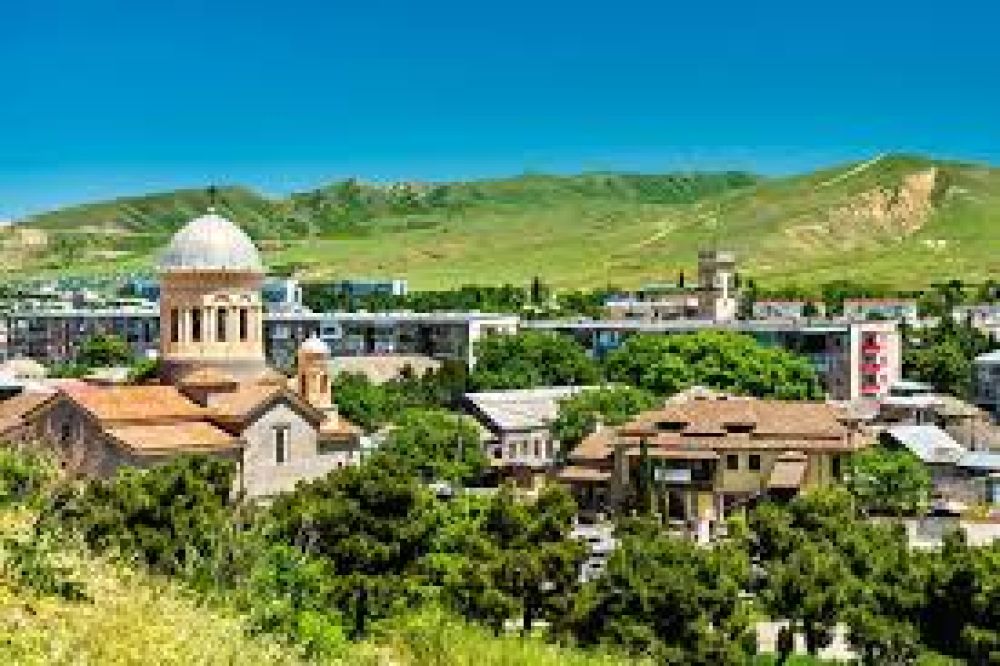

Gori, a city in Eastern Georgia, has a rich history that has become an integral part of its tourism appeal. Historical records trace the city's origins back to the early stages of the Middle Ages, although it is believed to have been inhabited much earlier due to its strategic location along important trade routes.
The tourism industry in Gori began to develop significantly during the Soviet era. Gori was marketed as the birthplace of Joseph Stalin, the former leader of the Soviet Union, which attracted tourists, particularly those interested in Soviet history. The Joseph Stalin Museum, which opened in 1957, has been a central point of interest, featuring a range of Stalin's personal items and a replica of his private train carriage. Despite the controversial nature of Stalin's legacy, the museum remains a popular draw for visitors.
Aside from its connection to Stalin, Gori is renowned for its historical and cultural landmarks, such as the ancient Gori Fortress perched atop a hill in the heart of the city and the nearby Uplistsikhe cave town, an archaeological marvel dating back to the Early Iron Age.
In recent years, Gori has seen a change in its tourism trends. The focus has shifted towards a broader exploration of Georgian culture, wine-making traditions, and the stunning natural landscapes surrounding the city. Agro-tourism has also taken root, with tourists increasingly interested in staying in local guesthouses and participating in agricultural activities, like grape harvesting and wine production.
Historical tourism remains strong, as the city's past entwines with the present at the Gori Fortress and the Uplistsikhe cave complex. However, there is a growing interest in adventure tourism, with travelers seeking experiences such as hiking, biking, and exploring the lesser-known natural attractions in the Gori region.
In terms of cultural tourism, Gori is embracing its vibrant traditions through annual events and festivals. Music, dance, and Georgian folk art are showcased, highlighting the rich tapestry of the region's heritage.
Perhaps the most significant trend is the increasing emphasis on sustainable and responsible tourism. Gori, like many destinations, is looking to develop tourism in a way that benefits the local community, preserves the environment, and provides an authentic experience for visitors. Efforts to promote eco-friendly practices in hospitality, as well as support for local artisans and producers, are signs of this movement towards sustainability.
In summary, Gori's tourism history is anchored in its compelling historical narrative, while the city simultaneously evolves to offer tourists a diverse and enriching experience. Emphasizing sustainability, cultural immersion, and adventure, Gori stands as a testament to Georgia's growing appeal as a global tourism destination.